
Dec 11 2020.
views 769Invasive species have been identified as a threat to biodiversity. While these are brought into the country by different means, native species could also be termed as opportunistic species depending on their growth.
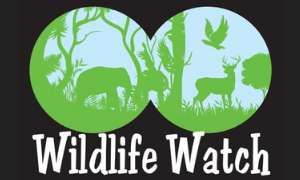
Back in 2016 the Ministry of Environment and Mahaweli Development drafted a National Policy on Invasive Alien Species but environmentalists believe that this policy has been violated ever since. However, mass deforestation activities that are taking place will pave the way for invasive species to grow, thereby posing a risk to native species populations.
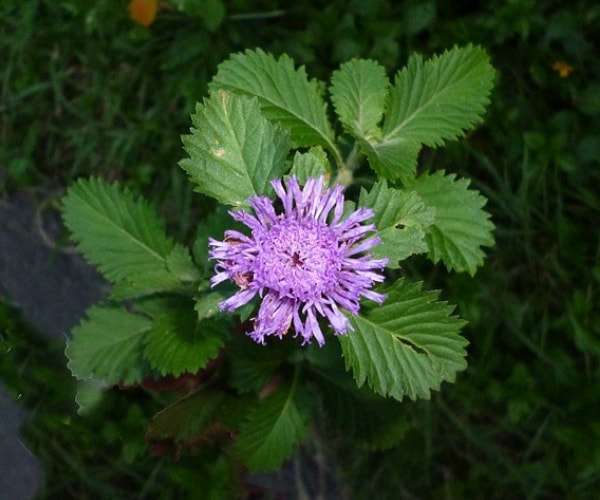
This week’s Wildlife Watch sheds light on invasive species, opportunities created for them to spread and risks to native species and urban wetlands.
Invasive species vs. Opportunistic species
“If an alien species or exotic species come in as invasive we call them Invasive Alien Species,” said senior environmental lawyer and environmentalists Dr Jagath Gunawardena. “But if it is a native species we call them opportunistic species because if they are given the opportunity to grow, they grow. The crow is an example of invasive species or we can call it opportunistic. Others including a rose-finned parakeet, peafowl have become opportunistic species. When it comes to species that have been brought into the country from other countries such as Alstonia, Ganda Pana, are invasive alien species while animals such as red-eared terrapin, Mayan Cichlid and thilapiya are also few examples.”

Pictured: Dr Jagath Gunawardena
Risks to native species
Dr Gunawardana said that an invasive species fight for space, sunlight, nutrition and sometimes some of these invasive alien species covers and smothers the native species it depends on. “Animals may predate on animals, may compete for food and space. The species themselves will have some benefits but the fact that they become invasive doesn’t accrue any benefits to the native populations. The Ganda Pana for example was brought in as an ornamental species but once it became an invasive it became a problem. However, they have extensive flowering and give opportunities for certain species of butterflies to feed on nectar. Similarly, some invasive species which form fruits may help some animals to eat them. But such side benefits cannot mitigate the damage caused by invasive species. They may also cause an imbalance in the native population,” he added.
He further said that some invasive species are confined to the dry zone, wet and hill zone. “Some are found in all zones such as the Guinea grass. Agada, for example, was a rare dry zone species but now it is also found in the Bellanwila-Attidiya sanctuary as well. The Horton Plains National Park for instance has the last remaining species of Sphagnum moss and the same area is subjected to heavy colonisation by two invasive plants. But the Wildlife Department officials are removing the invasive species and therefore, continuous human interventions are needed.”
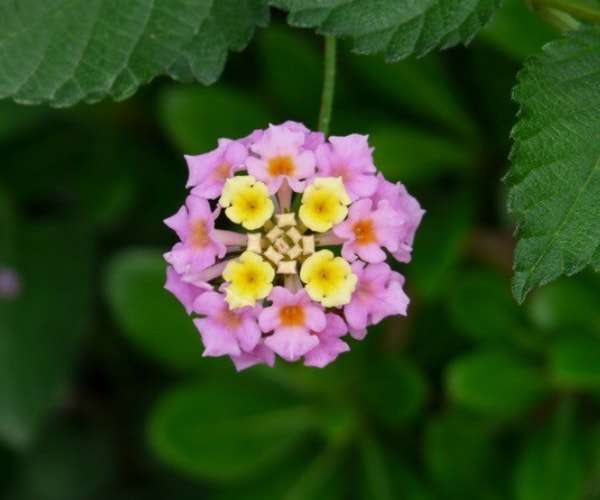
How deforestation helps the spread
He further said that when a habitat is disturbed there’s always a risk of native species spreading in these places. “When deforestation takes place, the first to get established is the invasive alien species because they find disturbed habitats as ideal for their propagation. When there’s a forest fire we see invasive aliens establishing themselves better than natives. Restoring the habitat means getting rid of them in an oblique manner. The oil palm is a new invasive species that have been identified in Colombo and Kalutara districts and certain areas of the Galle District. Urban wetlands are teaming with certain invasive species such as water lettuce, water hyacinth and Salvinia. In Bellanwila there’s an alligator weed, Brazilian daisy, lantana, foxtail grass etc.”
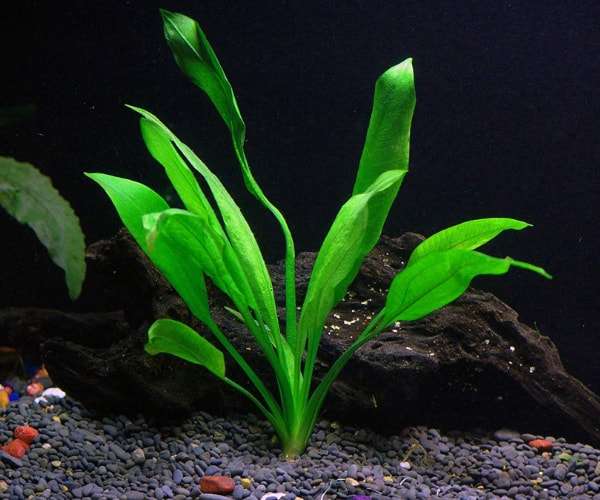
New types of invasive species
“New species of Cichlids are establishing themselves in the Diyawanna Oya system. The Amazon Sword plant could be found in wetlands in Colombo, Kalutara and Galle. The Star plant has been found in Colombo and Gampaha. The Jewel, Mayan and Jaguar Cichlids are the main species establishing themselves along with the zebra thilapiya and the zebra Cichlid. When it comes to butterflies, it was observed that the Banana skipper that has established themselves in certain parts of the dry zone and the wet zone. They were first seen in 2012 and we believe it was a species brought in with some ornamental plants. Another species of barb called the tinfoil barb is spreading but we can’t call it invasive. Najas marina has become an invasive species in lagoons in the Southern province.”
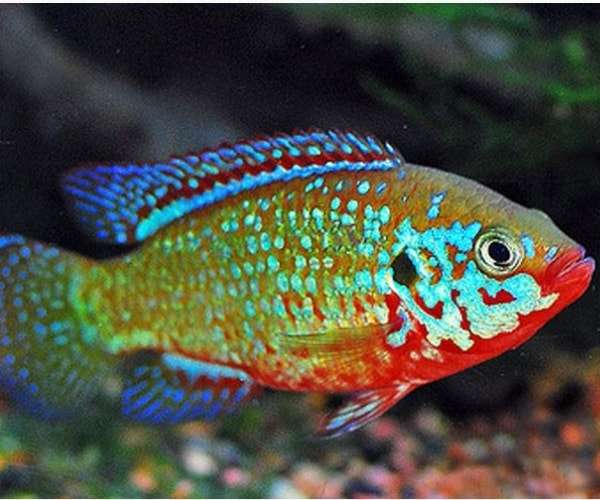
Impacts on urban wetlands
Dr Gunawardena further said that urban wetlands are more prone to be invaded by invasive species because plants that are being thrown away are more easily getting into it along with animals. “The Diyawanna Oya system has many unwanted Cichlids and some of them include Mayan Cichlids as well as the red-eared terrapin.”

“When a Wetland is disturbed the Edge effect will reduce the biological significance of the wetland. When there’s a disturbance at a place a certain distance from that disturbed place is a zone where habitats change. This is called the Edge and this concept is called the Edge effect. If a large habitat is broken into small areas we call it an Island Effect and it is disconnected with adjoining habitats. Therefore, it looks like an island where some species will reduce and go extinct. Urban forest patches are subjected to the island effect and as a result, we cannot depend on them too much for the sake of the future unless you can amalgamate two or three or all of them together. Otherwise, the Island Effect will cause them to reduce their biodiversity in time to come, especially f surrounding areas are heavily built up,” he warned.
0 Comments